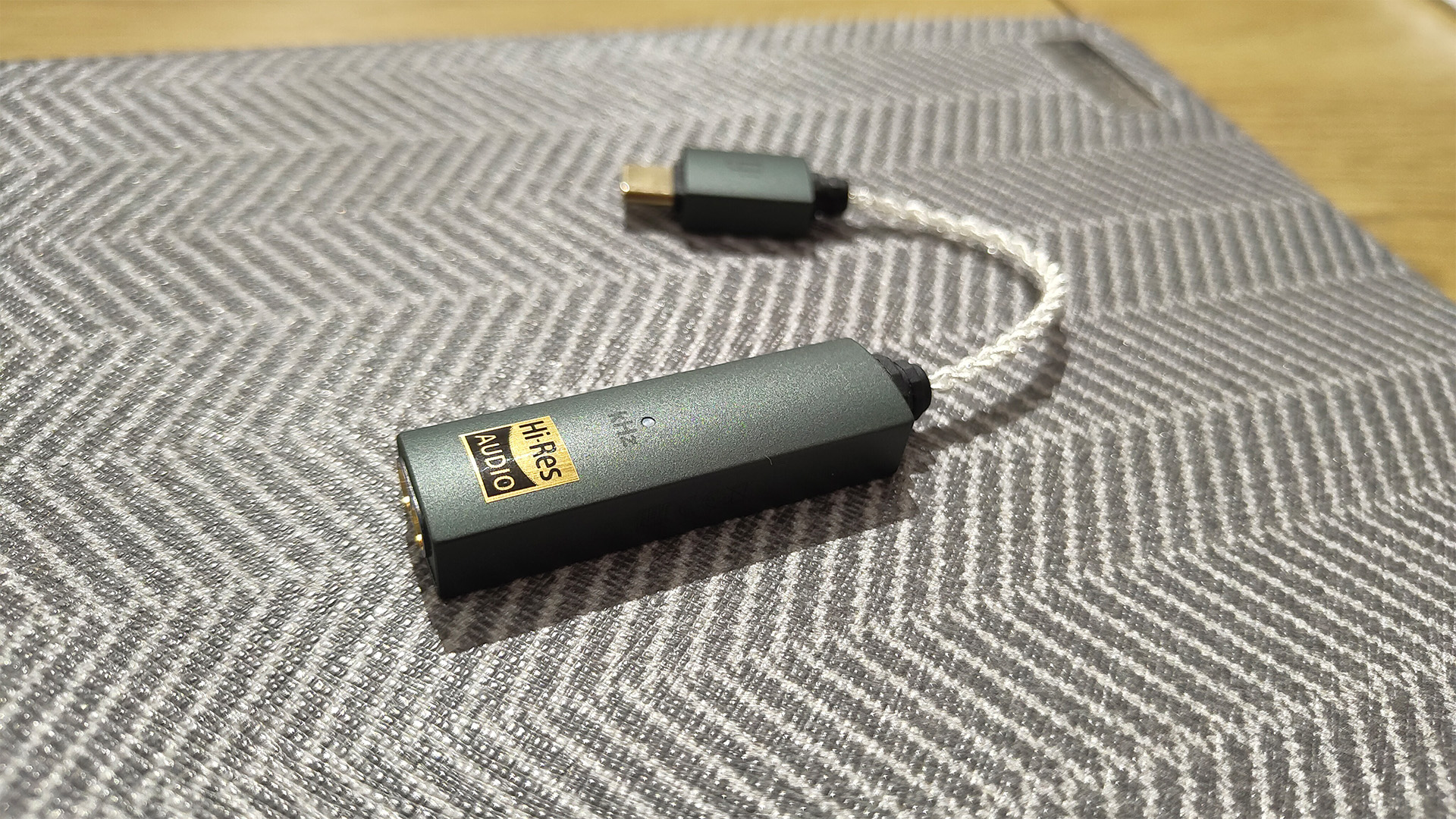
When we reviewed the super-portable five-star iFi Go Link last year, we used a rather apt sporting analogy, comparing the small, affordable but surprisingly powerful DAC to the efforts of Luton Town FC plying their trade in the Premier League. Here was a performer punching above its weight, offering hi-res sound for your headphones at a price that wouldn’t make the most devastating dent in your finances.
With Luton’s sad expulsion from the Prem last season rendering our sporting analogies somewhat out of date, we’re now hunting new metaphors to fit the bill for the new iFi Go Link Max, a slightly costlier model (at £79 / $79 / AU$139) that nevertheless promises exceptional sound in a small, affordable package. It’s tough for the tiny teams at football’s top table, so let’s see whether what we have on our hands here is a soaring Nottingham Forest or a struggling Southampton FC.
Build & design
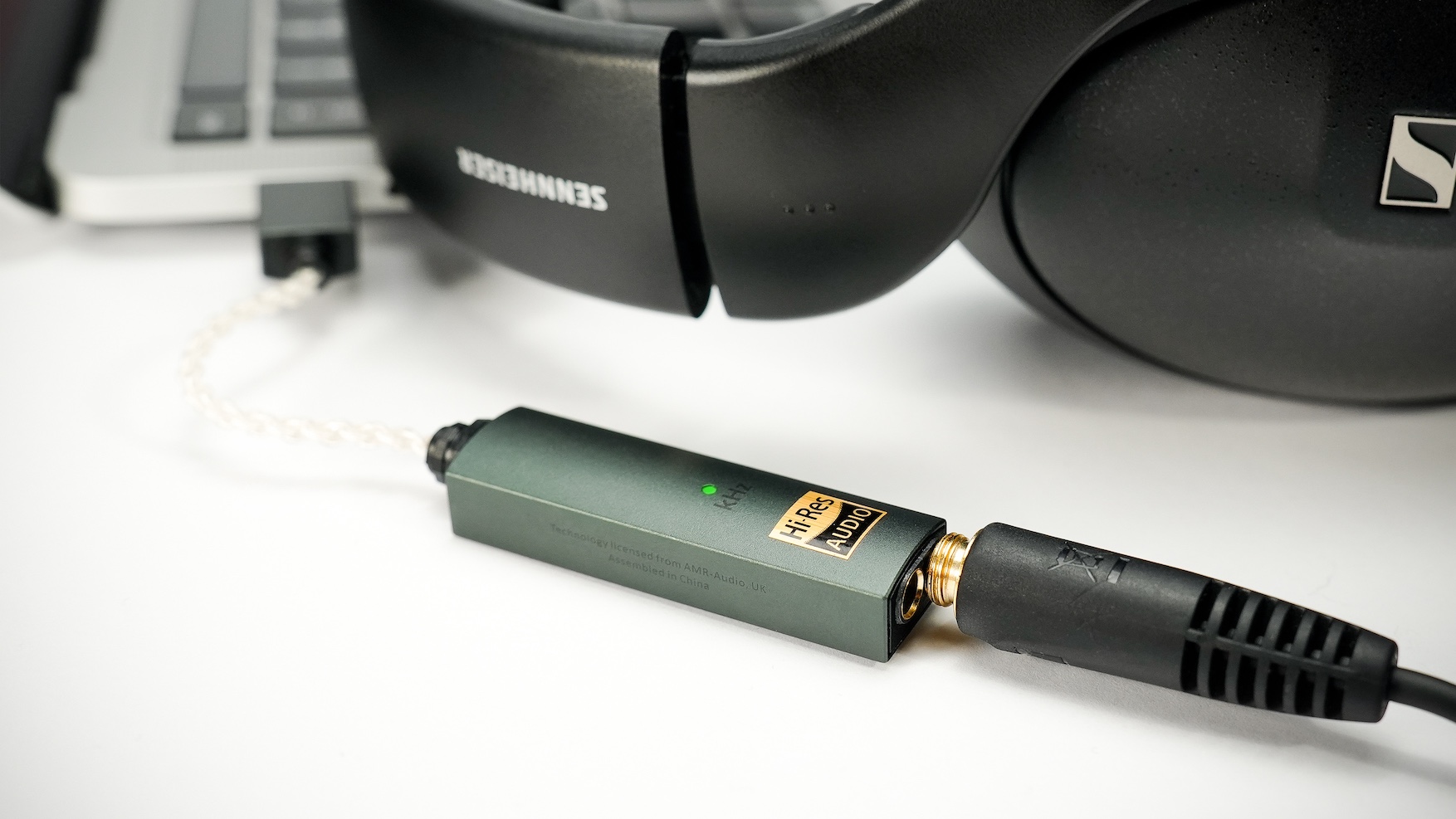
There’s only one conceivable way of making the iFi Go Link Max seem burly, and that’s to compare it with its smaller stablemate, and even then it’s hardly a case of David versus Goliath. The main unit of the Max is slightly longer and chunkier than the standard Go Link (£59 / $59 / AU$87) – mostly to leave enough space for a secondary 4.4mm headphone output – but the general configuration is the same, consisting of the main DAC unit and a built-in USB-C plug connected by a short woven cable. If your device hasn’t caught up to the USB-C revolution, two handy adapters in the box – Lightning and USB-A – mean you won’t miss out if you’re using, say, an older iPhone or a laptop.
Externally, the titchy unit features a single LED which changes colour depending on the format and sample rate of the file you’re listening to. Green means PCM 44.1/48/88.2/96kHz, yellow denotes PCM 176.4/192/352.8/384kHz, DSD64/128 is represented by cyan and DSD256 lights up as a rather pleasing shade of blue.
There’s some solidity and substance when you hold the DAC in your hand but not so much as to drag down the cable of your wired headphones, while the metal casework adds a touch of class to the ensemble. iFi promises that its twisted cable “reduces inductance and capacitance” and helps to shield the wire from outside noise, and while that may be true, we just worry that unsympathetic use could cause the cable to break after some time. Be careful about putting too much stress on the cable at either end, that’s all we’re saying.
Features
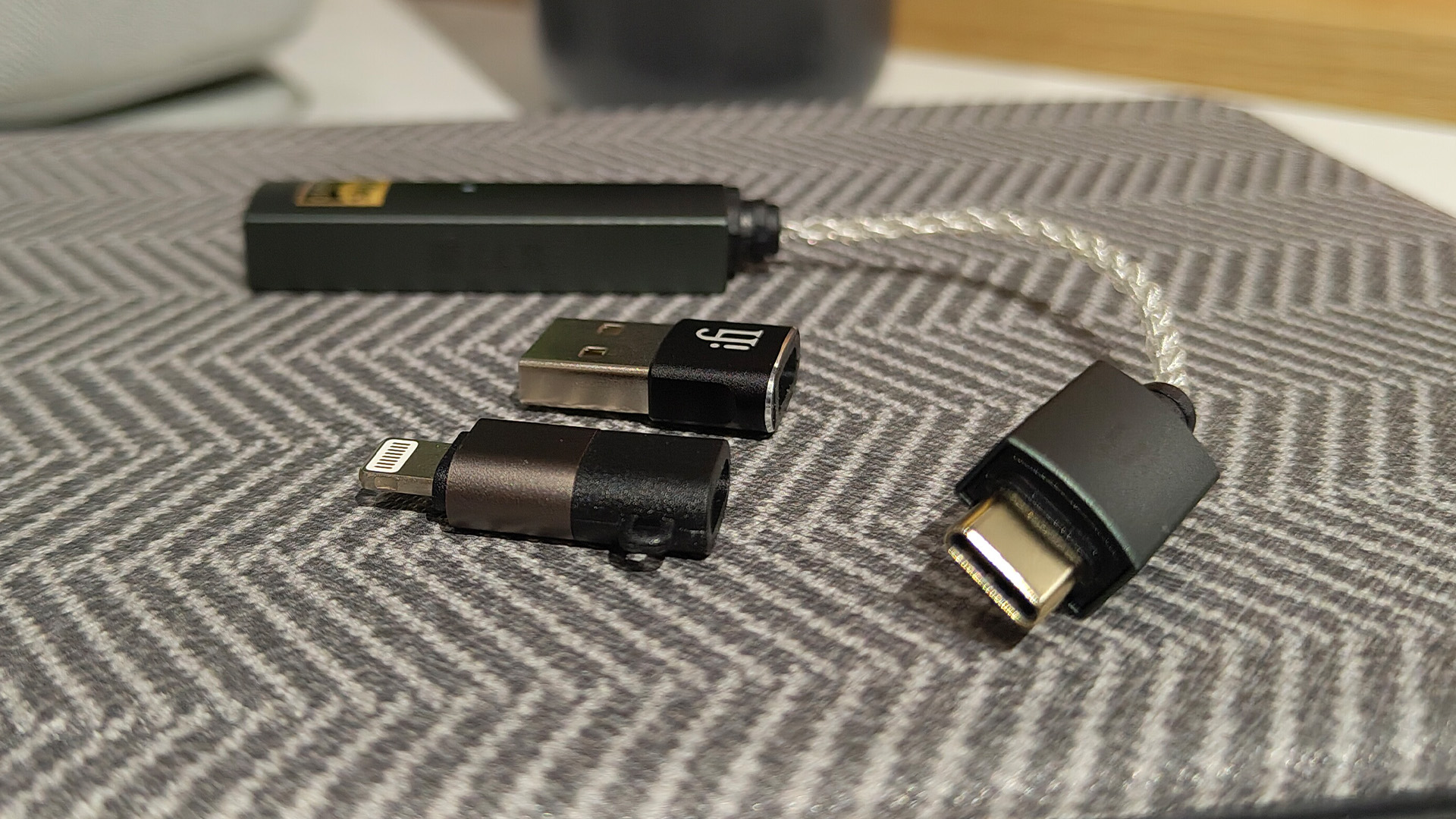
The iFi Go Link Max offers impressive hi-res file support considering its price, supporting PCM audio playback up to 32-bit/384kHz and DSD256. Unlike the cheaper Go Link, there’s no MQA support, although considering Tidal pulled most of its support for the beleaguered format earlier this year, that may not be the most devastating loss after all.
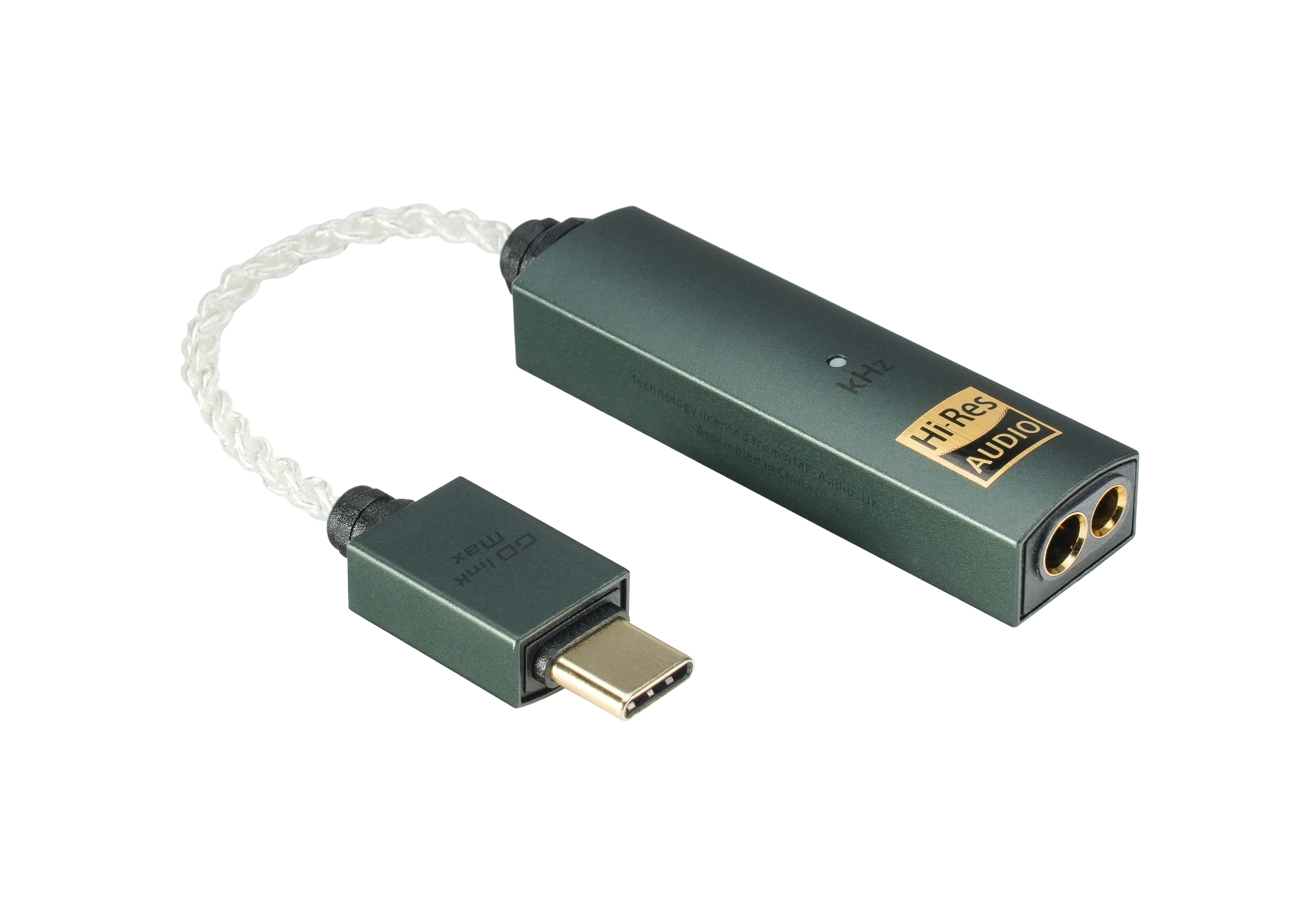
Input USB-C, with Lightning and USB-A adaptors
Outputs None
Headphone output 4.4mm balanced, 3.5mm
Bluetooth No
Max file support 32-bit/384kHz, DSD256
Battery-powered No
Dimensions (hwd) 150 x 15 x 10mm
Weight 14.5g
The new unit packs twin ES9219 DAC chips, and its balanced audio circuitry aims to reduce noise and improve sound quality. The new DAC is claimed to deliver up to 100mW of power (single-ended) into a 32-ohm electrical load, rising to 241mW out of the balanced output – this should be enough to drive more power-hungry headphones properly.
There’s even more tech packed into the Max to get your music sounding as good as possible from something so small and inexpensive. The tiny DAC features ‘Total Harmonic Distortion (THD) Compensation’ technology which strives to minimise harmonic distortion for a purer sound, while the company’s Dynamic Range Enhancement (DRE) software looks to boost the contrast between your music’s loud and soft moments in pursuit of a more engaging, wide-ranging experience.
Sound
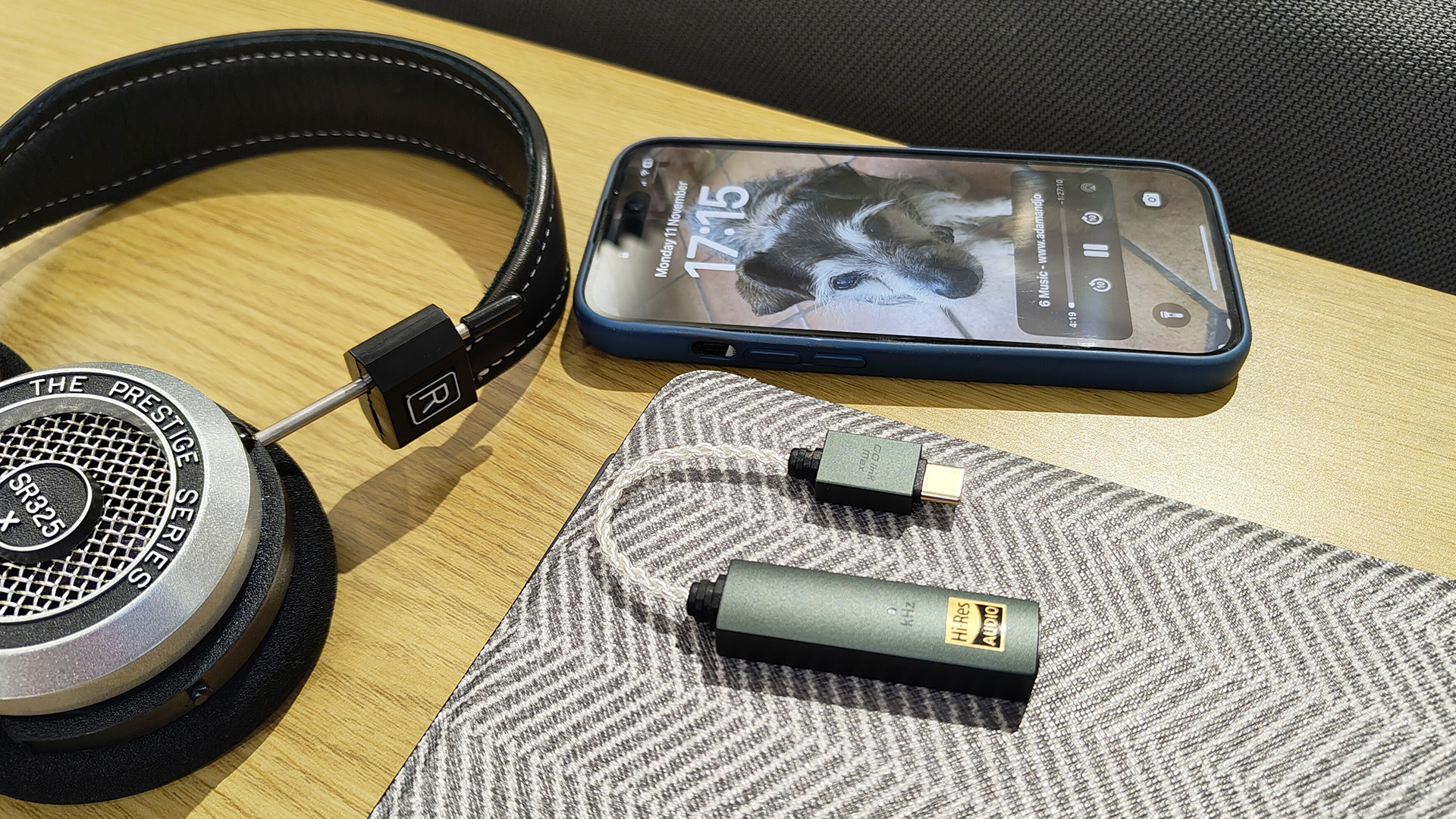
We hook the diminutive DAC up to our Windows Surface laptop and let the team loose on a high-resolution FLAC recording of Fleet Foxes’ Wading In Waist-high Water. The intimacy of the track is communicated with much more sincerity and heart than when listened to without the DAC, lending us initially to feel as though vocalist Robin Pecknold is holding a private concert to which only we have been invited. When things open up and the gently strummed guitars are joined by more robust instrumentation, the Max demonstrates an ability to shift gears and give the ensemble the muscle and sense of occasion it demands when played through the Award-winning Grado SR325x headphones.
We’re also impressed by the new DAC’s handling of dynamics. iFi promised a greater dynamic range from its latest portable plug-in courtesy of the brand’s DRE tech, and we’re happy to report that such efforts haven’t been in vain. Yes, some of the effect comes from the Max’s generous helpings of punch and bass power, but we do get a tangible sense of drama and contrast from Matthew Sweet’s Girlfriend as, after a period of mild musical respite, the powerful guitar arrives back into the fray like a two-tonne boulder dropping into a serene pool.
These characteristics remain generally consistent no matter our choice of source player. Plugging the Go Link Max and the Grados into an iPhone 15 and running through a variety of Tidal tracks confirms that the DAC isn’t flattering to deceive with a more powerful machine at its disposal. Deadmau5 and Chris James’ The Veldt is clearer, more detailed and punchier than the musically capable smartphone could manage on its own, whereas Hysteria retains so much of that weight and potency that made it such an invigorating listen via our DAC and laptop combo. Switching headphones to the closed-back Røde NTH-100, we’re certainly struck by how much bass power the dinky DAC extracts from Muse’s Hysteria, offering heft and punch to the track and making for an exhilarating, adrenaline-fuelled experience.
When comparing the Go Link Max’s performance with that of the slightly cheaper Go Link, there isn’t much difference in detail resolution. Still, the information dug out by the newer device goes a decent way beyond what you’d get if you were simply listening without a DAC at all. That said, sticking with Hysteria but switching to the standard Go Link grants the tune more nimbleness and clarity while revealing the older model’s superior ability with vocals. For injecting the right tunes with a good deal of meaty muscle, especially at the lower end, the newer Max does dial things up a notch, but we concede that some listeners may prefer the more affordable Go Link’s purer, cleaner sonic personality.
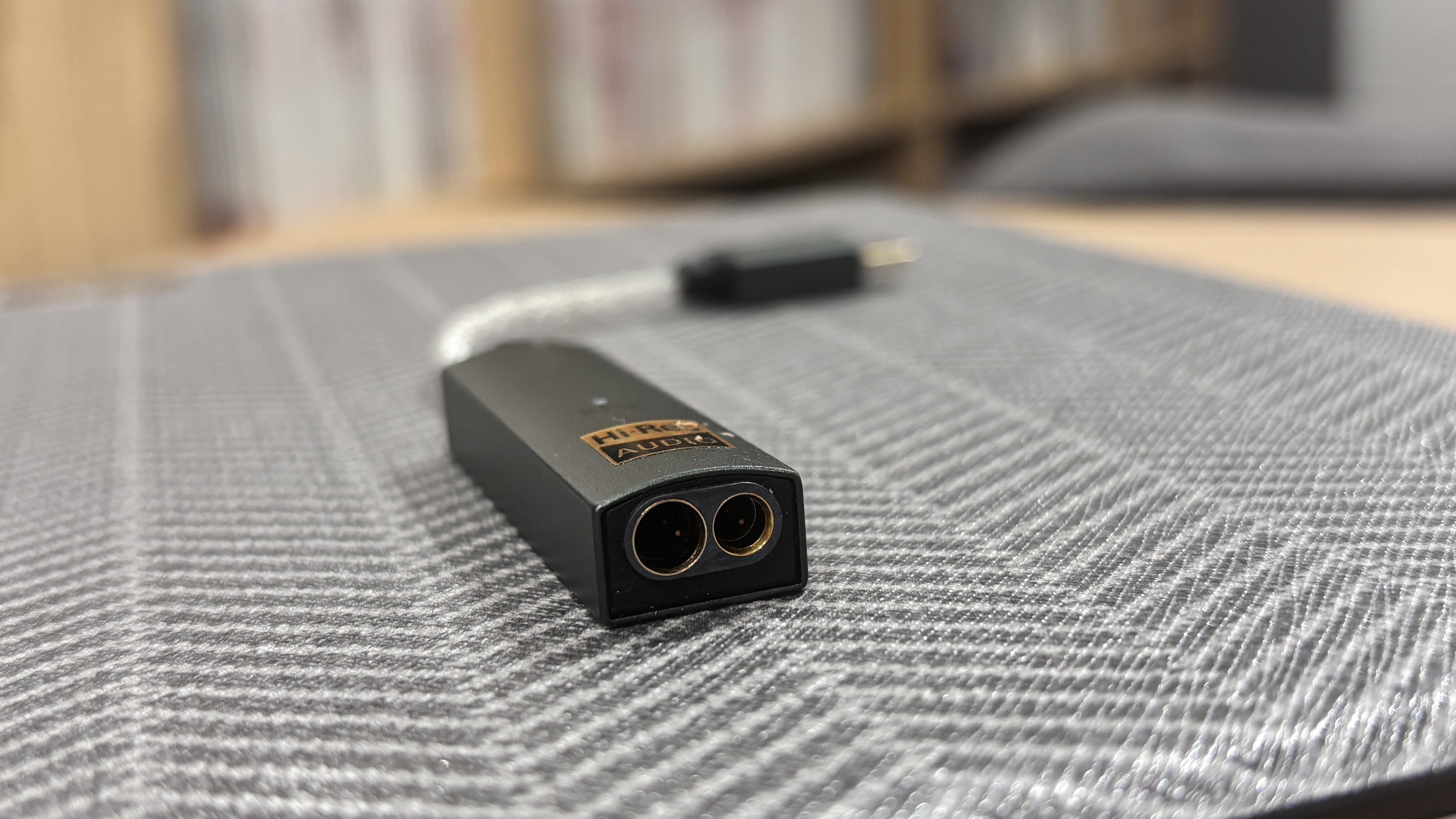
The small price difference from the iFi Go Link to the Go Link Max comes in part thanks to the latter’s inclusion of a 4.4mm balanced headphone output, so we dig out a pair of Sony MDR-Z1R (£1700 / $1800). We admit that it’s unlikely you’ll use a sub-£100 / $100 DAC with such costly headphones, but from a testing point of view, they’re a valuable tool that gives us a clear insight into what the DAC is doing. The Sony are also ideal because they come with balanced and single-ended leads in the box, something of a rarity in the headphones that we rate highly.
We find that the combination of the Sony cans plus the Max DAC provides us with a propulsive rendition of Peal Jam’s Running alongside a dramatic, dynamically engaging version of Hans Zimmer’s Why So Serious? when using a single-ended connection. When we switch to the balanced option, however, we are pleased with the added punch, drive and sense of dynamic contrast the tracks now enjoy.
Verdict
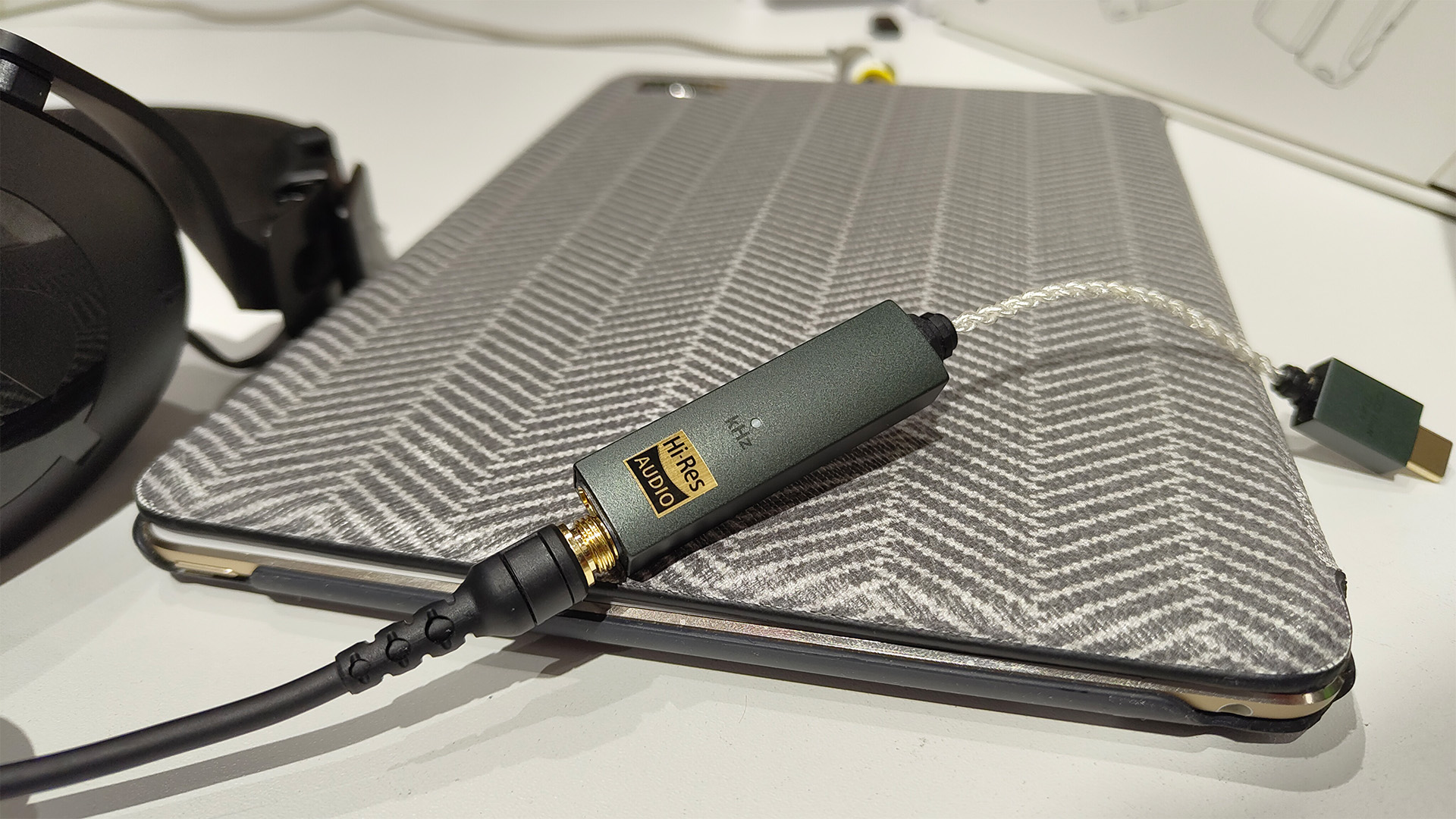
The iFi Go Link Max is an impressive performer at this affordable price point, providing noticeable extra helpings of detail, dynamic contrast and punch to your tunes and acting as a small but talented accompaniment to your wired headphones of choice. Some users may prefer the more agile, light-footed approach of the standard iFi Go Link, but the Max brings sufficient sonic benefits – plus the addition of a potentially handy balanced headphone output – to justify its slightly higher price tag.
First reviewed: November 2024
SCORES
- Sound 5
- Build 4
- Features 5
MORE:
Read our review of the iFi Go Link
Also consider the AudioQuest DragonFly Red
Best DACs: USB, desktop and portable digital-to-analogue converters







